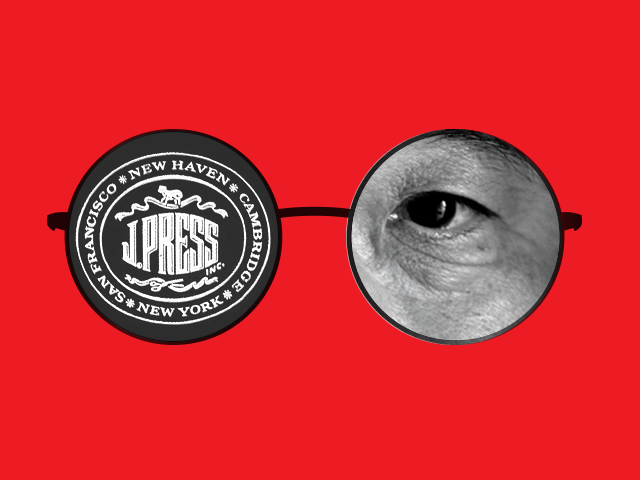Sometimes when an experience is particularly unique and irreplaceable it feels to me like a sort of premature nostalgia, if that makes any sense. It’s qualitatively different from knowing that you likely won’t be able to do something again. It’s calmer, less wistful, and more powerful. And—at the risk of enraging linguists everywhere—more unique.
My trip to the National Diet Library in December of 2008 was one of those experiences. It was a crisp Saturday, and I got up early so that I would have time to walk up the hill from Shimbashi past Hibiya Park and arrive at the library around the time it opened at 9:00. I listened to the B.S. Report on my iPod Mini on the walk, and the area was almost empty of other people.
At the library, I made a user ID and a card, and I put my bag into a locker—you’re only allowed to have transparent plastic bags inside the library. I spent a few hours in the morning researching a random topic (that so far has been inconsequential), and then I had lunch in the 食堂 on the top floor.
I wish I could remember what I ate. I think it was either curry rice or beef bowl, but those feel like a cross between what I would order now and the defaults options on the menu at places like that. They had a transparent display of food items rendered in plastic and a machine that dispensed tickets which you present to workers wearing aprons and hats.
I ate alone. I did everything alone that day. I was lonely at the time, but that day it was a more satisfying kind of loneliness than usual.
After satisfying my need for food, refueling so I could focus again, I headed down to the basement which houses the periodical section and the photocopy request area. It’s full of an interesting crowd. This isn’t like the crowd that you’d see at a public library in the U.S. or even in Japan; those places are often homes for lonely itinerants. The National Diet Library houses everything ever published in Japan, including manga, so there were some serious otaku checking out rarities otherwise difficult to obtain (「今となっては漫画一冊8000円とかするような、絶版の超レア漫画が普通に読めるからいいよな」).
I was there to take out old issues of Shincho from 1992 to check out the original serialization of The Wind-up Bird Chronicle. It’s surprisingly short and makes up the first book of the three-book set. I made photocopies but haven’t taken a close look at it yet.
Then I started taking out old issues of Men’s Club to see the original Yoru no kumozaru short shorts. I determined the original order of publication, compared how Murakami changed that for the collected edition, and read the stories that he had chose to cut, my favorite of which is “Hotel Lobby Oysters.” Somewhat insanely, I had color photocopies made of every story from 1983 to 1985, as well as a few random pages I thought were funny, such as a photo spread the magazine did of Yale.
While my photocopy request was in the queue, I had a coffee at the cafe in the library. I have these vivid memories of an expansive area that overlooked the cafe, but they’re blurry, so I’m not sure.
I looked through the second half of the stories in Taiyō, but at that point I had already spent nearly $50-60 on photocopies, which I felt was enough, and it was getting late in the day, so I copied the title story and a couple of the ones that Murakami cut.
When I left it was already dark. I walked down the hill and thought about drinking beer, about the konbini near Nishi-Ōi Station where I would buy the beer, about the apartment I was sharing with five others where I would drink the beer. Everything after that has been erased from my memory—just another night of drinking beer, I guess. Murakami has said that one of the most satisfying things about writing his first novel was when a friend told him it made him want to drink beer. I think that somehow applies to this memory, or the way I think of it today.
I’ve finally gone back through the Murakami short shorts with David Marx over at Neojaponisme and looked at what the intersection between art, commerce, and fashion might mean: “Murakami Haruki’s Advertorial Short Stories.”
After going through the stories again, I’ve realized that there is still one story that I haven’t read! The very last Taiyō short is titled 「最後の挨拶」(Final Message). So maybe I will have a chance to go back to the National Diet Library someday. I highly recommend it as an activity, and I especially recommend the periodical section. Try and have something in mind that you want to take out, even if it’s (just?) the first issue of Shonen Jump.
According to old emails I’ve checked, David and my piece on Murakami has been in the works for five years. I think I was still a bit defensive about Murakami’s career back in 2009 and hesitant to come to some of the conclusions that David wanted to make from a style/fashion point of view, but they’ve become more apparent to me. In the interval between then and now Murakami has put out more and more works that feel like pastiche of his early material…or at least of his writing process, which I think he really crystallizes in these short-shorts.
Art courtesy of Neojaponisme and Ian Lynam.

